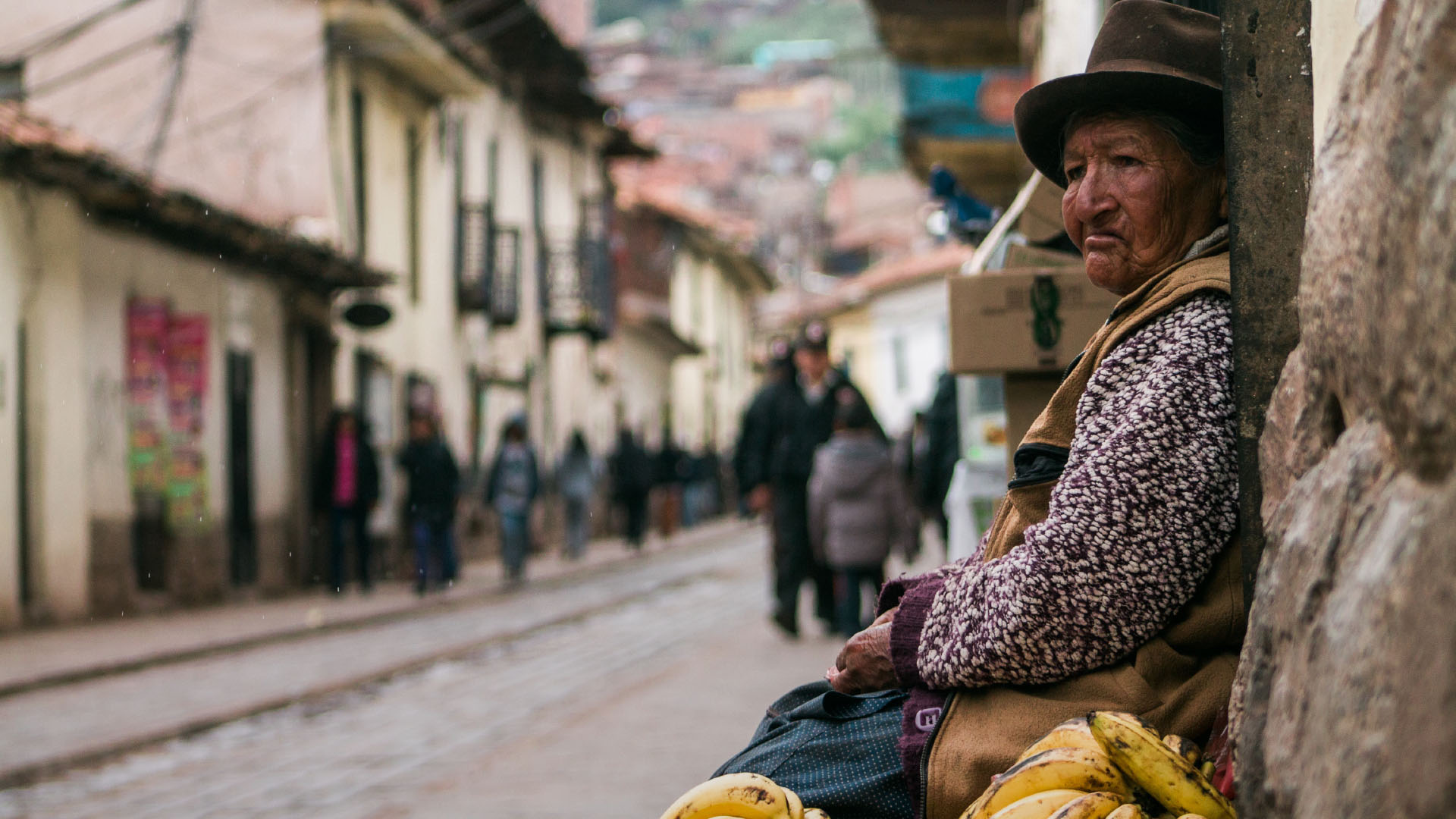Major challenges are facing the church in Peru as they look for ways to serve their society’s most vulnerable.
This spring, Director of Mercy Ministries Mark Buzzetta traveled to Cusco, Peru to connect with a local church doing great work caring for widows.
The trip was eye-opening to Peru’s great natural beauty and local struggles, coming almost as often from floods of global tourists to their region as well as stifling animist traditions.
A Booming Economy Downside
The Chicago Tribune pointed out the sad state of Peru’s massive tourist attraction, Machu Picchu, and by connection, Cusco.
Since it achieved Instagram fame, the region has gone from a handful of die-hard backpackers to more than 1.4 million camera-toting tourists. While business increases initially seem appealing, citizens of the area are living with its dark side.
"The tourist impact is very grave," said Nelson Huaman Quispe, a guide with Machu Picchu Andes Tours. "Many tourists do things they shouldn't do. For example, some people climb the structures. Some take the stones. Some mark up the floor, do things they shouldn't. ... It's chaos."
In addition to the destruction tourists are bringing, their business is hiking up the cost of living to unimaginable heights for locals.
Unfortunately, many residents don’t experience better wages to match these new price tags on food and basic amenities unless they’re able to wedge themselves into the already glutted sightseeing market.
This has been especially devastating for single-income households or those who don’t work in industries marketable to visiting foreigners.
For many local widows, these changes have spelled even greater hardship.
The Cost of Cults
Not only is Cusco the site of heavy tourism as thousands of people scramble to get their bite of Machu Picchu, but it’s a tangle of ancient cults and modern animism.
South is Aramu Muru, considered to be a “gateway to higher levels of consciousness” for pseudo-Buddhists who bow to the rock wall and press their foreheads against the stone with its ancient doorway that leads to nowhere.
Slightly north is the Sacred Valley with its Temple of the Sun where new-age pluralists go to meditate. There ancient Incan priests once demanded cripplingly high tithes—up to a third—of locals’ produce, livestock and money. Otherwise, they threatened, the people could count on famine and poor crops that year.
That seems unlikely to be in the tourist guides’ handouts or local shamans’ announcements.
These celebrations of ancient Incan religions blithely ignore the emotional, spiritual and financial strain that shamanism puts on people who live under the constant threat of curses and spend hard-earned money to visit diviners or on charms to ward off demons.
While walking the city’s streets, Mark Buzzetta noted quite a few of these Western spirit-seekers. “There’s a spiritual rock there that people lean against and try to feel a connection to the world. It’s odd and really a bit sad.”
Peruvian Church at Work
Iglesia Calvary La Semilla was the primary focus of Mark’s visit, however.
This Cusco church has dedicated itself to helping one of the city’s most vulnerable populations, widows; but they face several challenges in their work to reach these dear people.
Like many places in South America, Peru’s official religion is Roman Catholicism, and about 80 percent of people consider themselves Catholic. Christian traditions, though, are often blended with local pagan beliefs.
People may attend the feast of Ollantaytambo, a celebration that blends together Jesus and Inti, the ancient Incan sun god. House shrines are lined with icons of indigenous gods and spirits alongside Catholic saints.
This combination has often led to badly conflicting messages about the worth of people, particularly for women who are unguarded by family.
In a six year period, over 700 women were killed in specifically gender-targeted violence, now being called “femicide.” Women from indigenous groups like much of Cusco’s population have historically been subjected to forced sterilization.
The city’s widows are badly in need of safe community, and Iglesia Calvary is working to provide it for them.
